Magic, Witchcraft and Religion professor dedicated to the study of the unknown
Anthropology professor Jens Kreinath speaks to The Sunflower during an interview on Jan. 13. Kreinath teaches the class Magic, Witchcraft, and Religion.
Jens Kreinath is a man with many different skills. With backgrounds in studying philosophy, theology, religious studies, and anthropology, Kreinath loves sharing his knowledge with others.
Originally from Germany, Kreinath came to Wichita State in 2006 as a visiting assistant professor. He brought his wife and daughter with him.
“We were just exploring,” Kreinath said.
“We weren’t sure if we wanted to stay here or if this would be an option to do so. That year there was an opening in [the Anthropology] department for an assistant professorship. . . so I applied.”
Among other things, Kreinath is known around campus for teaching a unique course, Magic, Witchcraft, and Religion.
Kreinath inherited the Magic, Witchcraft, and Religion course from a previous professor. The class originally debuted in the 70s.
While the class touches on many different topics, Kreinath says the witchcraft component is what usually draws students to the course.
“Witchcraft is just one of the features,” he said. “Witchcraft is often seen as being evil or cursing, or whatever.”
“I think that’s what attracts students to taking this class. It’s about religion, but it’s also about something else very fascinating, very strange [and] foreign.”
Kreinath said the class sometimes gets mixed reviews from students.
“Some of them are quite irritated,” he said.
“Possibly some students are a little bit disappointed that there is not more on magic and witchcraft, [which is] the more exciting dimension.”
Instead of tackling magic from a fantasy viewpoint, this course focuses heavily on the anthropological understanding of both religion and witchcraft, and the symbolism that witchcraft portrays.
Kreinath said he finds the study of rituals “ immensely fascinating.”
“They are doing symbolic acts, but at the same time, they kind of have an effect on the environment,” Kreinath explained.
He said magic ties into ancient traditions.
“What is done in a ritual? What is told in a myth? That also has something to do with indenginous traditions,” he said.
Kreinath said cultures have historically classified each other’s religions as “magic.”
“That’s what you can find from the mid-19th century to the mid-20th century where magic is what the other people are doing,” he said. “We are doing religion, they are doing magic.”
He said his class is less about knowing how, and more about knowing why.
“What I try to do in this course is . . . teaching about how we can interpret and understand the practices,” he said.
“[We study] the theories [and] the studies of the cases that have been made about these foreign cultures and about our culture and how we approach this. That’s how I tie all the features together.”
Even though Kreinath said many students wish to see more of the fantastical side of magic, he said they often come to appreciate the various features of the class.
Kreinath said that in the future, he hopes to add more about the rituals of Native Americans, Wiccans, and pagans. He also hopes to cover religions and rituals that are not as commonly studied, so students can broaden their understanding of others who they often don’t see themselves in.
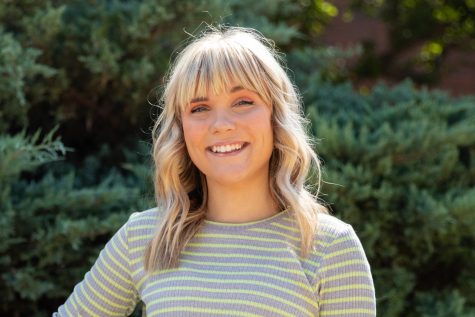
Lindsay Smith is the former editor-in-chief and newsletter editor for The Sunflower. Smith was a journalism major at Wichita State with a minor in creative...



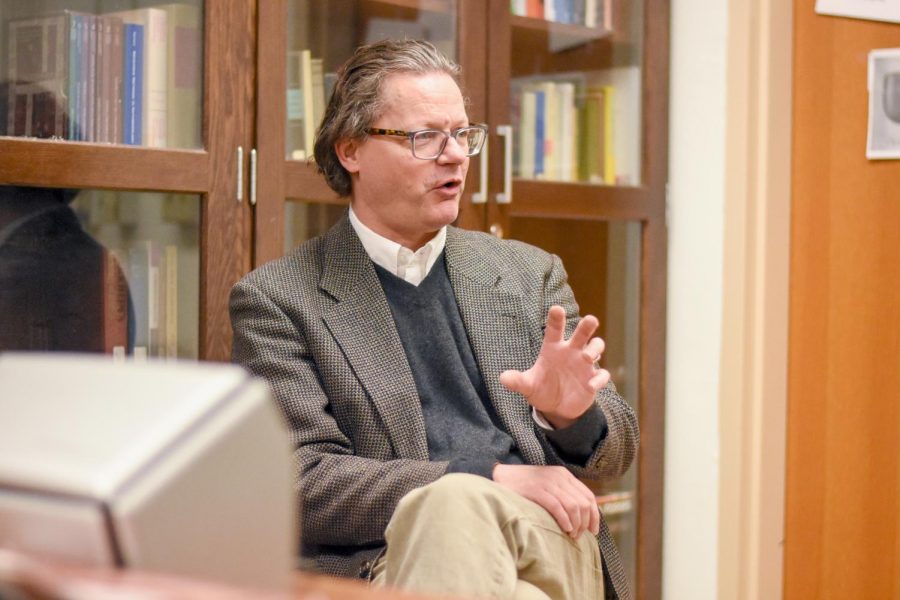
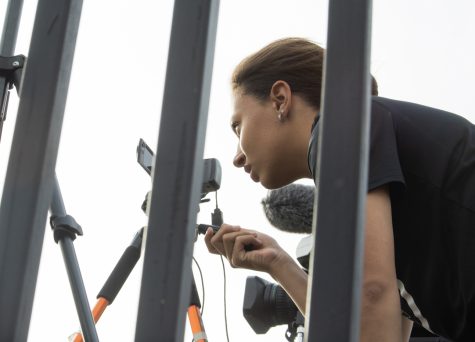
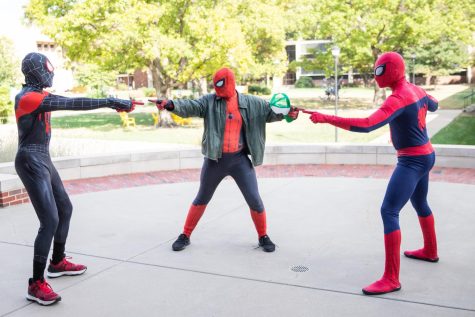
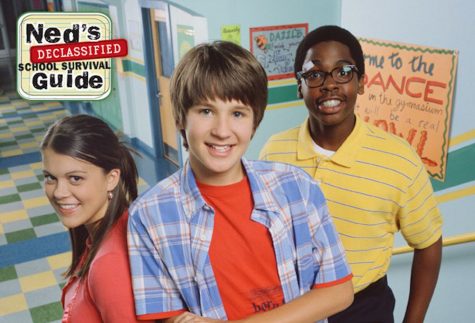
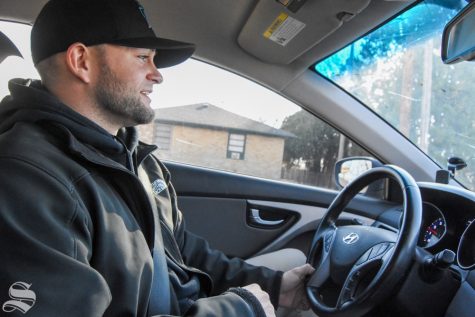
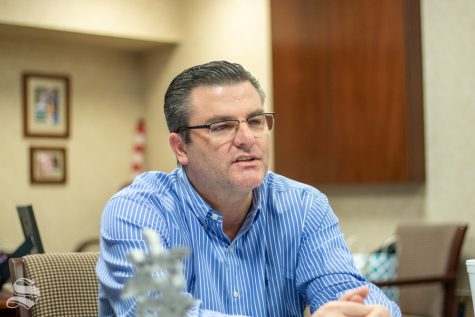

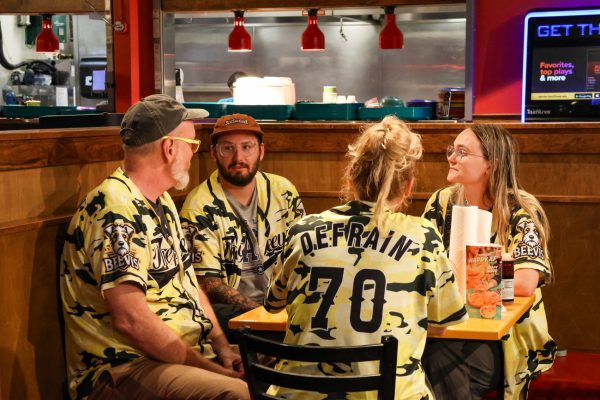
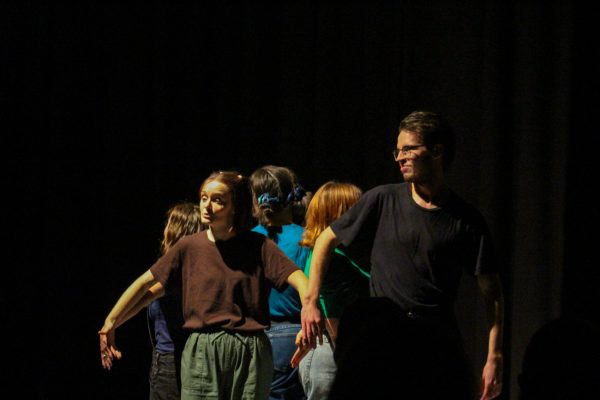
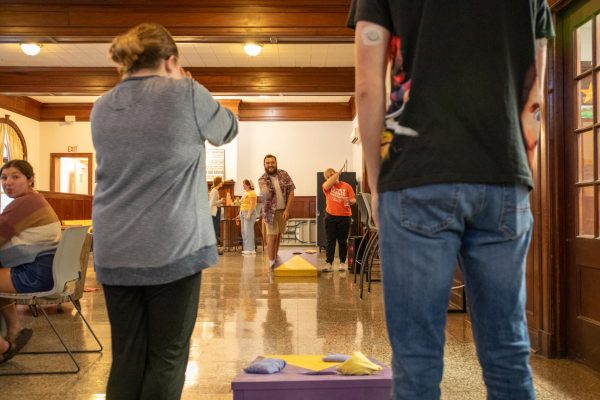
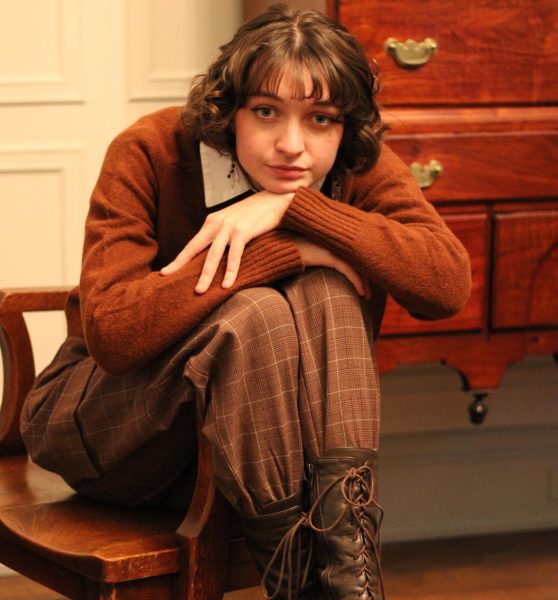
Saeed • Oct 3, 2020 at 8:08 pm
We can not eradicate toxicity, nor ignore toxic personalities and the harm they cause by using Witshcraft. Toxicity will always exist. It will seduce, contaminate, and pollute. What we can do is teach wisdom, point out foolishness/toxicity to others wherever we see these traits and behaviors, and protect ourselves well (especially if we have been abused before). Education and awareness about witchcraft and magic are key.
Saeed • Oct 3, 2020 at 7:31 pm
Symptoms commonly associated with demonic or spiritual or jinni possession—convulsions, hysteria, or erased memories—can mimic symptoms of conditions like epilepsy and schizophrenia.
Saeed • Oct 3, 2020 at 7:06 pm
Hello all , I’m a possessed Saudi Arabian citizen by my poor and Dumb Somali relatives and I can’t work or study because of witchcraft activities , they cast black magic dark spells on me evryday , which means not only they control my actions and thoughts but they also torture me with magic , I believe casting spells or possessing people using magic is a creminal act and should be legislated in the justic sytem just like all religions criminalized Witchcraft .